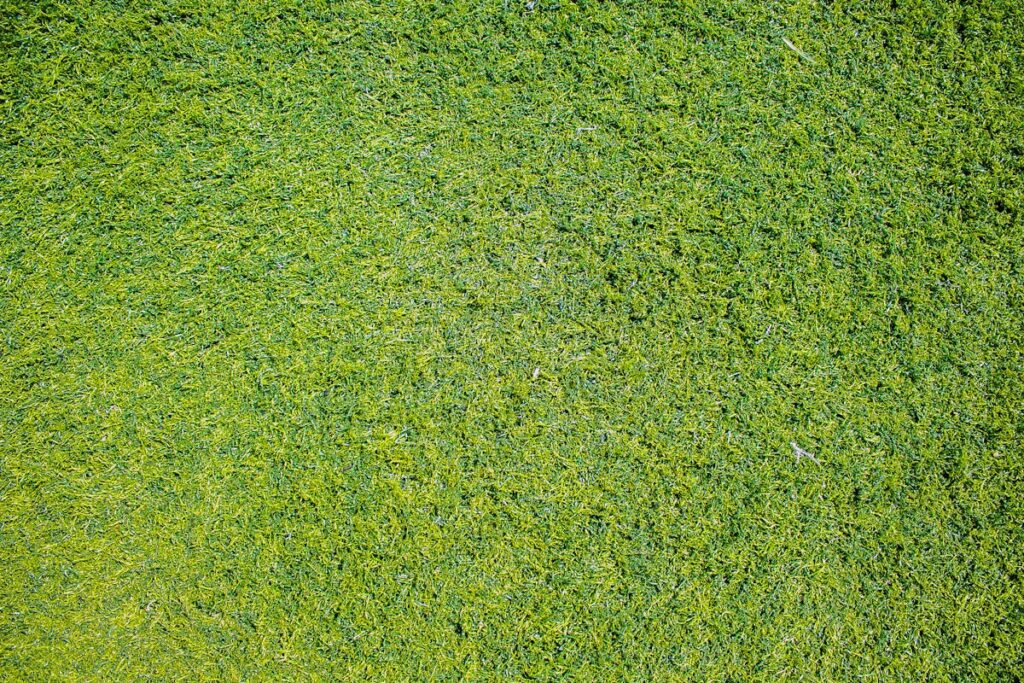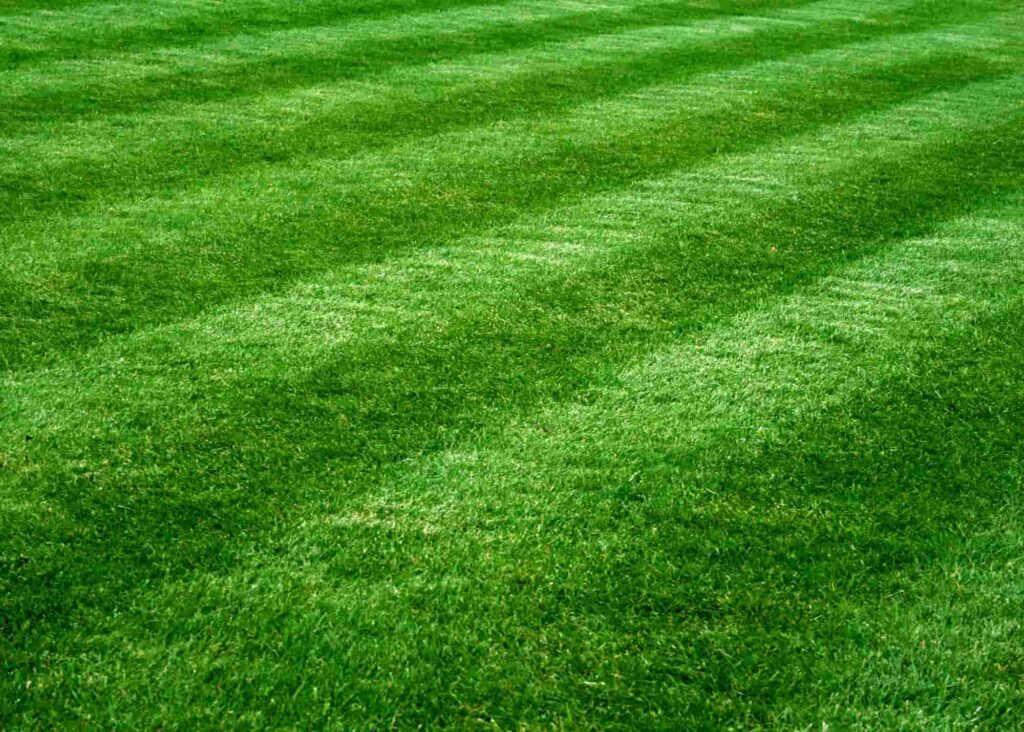Maintaining a beautiful and healthy lawn or garden is a top priority for many homeowners and businesses. However, one of the most persistent challenges is dealing with weeds that can quickly overrun your landscape, stealing nutrients and water from your desired plants. This is where weed and feed control comes into play. Weed and feed control is a landscaping strategy that combines the application of herbicides to kill weeds with fertilizers to promote healthy grass growth. By understanding and implementing effective weed and feed control methods, you can ensure that your landscape remains vibrant and weed-free throughout the seasons.
What is Weed and Feed Control?
Weed and feed control refers to the use of products or methods that simultaneously control weeds and provide nutrients to the lawn or garden. These products typically contain a combination of herbicides and fertilizers. The herbicides target and eliminate weeds, while the fertilizers nourish the grass, helping it to grow thicker and healthier. A denser turf can naturally crowd out weeds, reducing their ability to take root. According to sources like Clemson University’s Home & Garden Information Center, these products are designed to tackle both existing weeds and prevent new ones from germinating, making them a popular choice for lawn care (
Why is Weed and Feed Control Important?
Weeds are not just unsightly; they can be detrimental to the health of your lawn and garden. They compete with your grass and plants for essential resources like water, sunlight, and nutrients. If left unchecked, weeds can weaken your desired plants, making them more susceptible to diseases and pests. Some weeds, such as crabgrass or dandelions, can be invasive and difficult to remove once established. Implementing a regular weed and feed control program is crucial for maintaining a lush, green lawn and a thriving garden. As noted by Mississippi State University Extension Service, healthy plants that compete effectively with weeds for resources can significantly reduce weed pressure
Methods of Weed and Feed Control
There are several methods to achieve weed and feed control, ranging from chemical treatments to more natural approaches. Below is a table summarizing the common methods:
| Method | Description | Pros | Cons |
|---|---|---|---|
| Chemical Weed and Feed | Pre-mixed products combining herbicides and fertilizers. | Convenient, effective for broadleaf and grassy weeds. | Risk of overuse harming the environment or lawn if misapplied. |
| Separate Applications | Applying herbicides and fertilizers at different times for precise control. | Greater control over timing and dosage. | More time-consuming and requires expertise. |
| Organic Methods | Using natural herbicides (e.g., vinegar, corn gluten meal) and organic fertilizers (e.g., compost). | Eco-friendly, safer for pets and wildlife. | May be less effective against stubborn weeds. |
| Cultural Practices | Mowing at correct height, aerating, and overseeding to strengthen turf. | Long-term weed prevention, improves lawn health. | Requires consistent maintenance and time to see results. |
Chemical Weed and Feed Products
These are pre-mixed combinations of herbicides and fertilizers that you can apply to your lawn. They are designed to kill existing weeds and prevent new ones from germinating while also feeding the grass. It’s important to choose products that are safe for your type of grass and to follow the application instructions carefully to avoid damaging your lawn. For example, pre-emergent herbicides should be applied 1–2 weeks before weed emergence to be effective, as noted by Clemson University.
Some landscapers prefer to apply herbicides and fertilizers separately. This allows for more control over the timing and dosage of each component. For instance, you might apply a pre-emergent herbicide in the spring to prevent weed seeds from germinating and then apply fertilizer a few weeks later to promote grass growth. This method requires more planning but can be more effective for specific weed issues.
Organic Methods
For those who prefer to avoid chemicals, there are organic weed and feed control options. Natural herbicides like vinegar or corn gluten meal can suppress weed growth, while organic fertilizers like compost or manure nourish the soil. These methods are safer for the environment but may require more frequent applications to achieve the same level of control as chemical products.
Cultural Practices
Proper lawn care practices can also help control weeds. Mowing at the correct height (e.g., 3 inches or higher, as suggested by Fine Gardening) promotes a healthier lawn that naturally resists weeds. Aerating the soil improves root growth, and overseeding thickens the turf, making it harder for weeds to take hold
Benefits of Weed and Feed Control
- Healthier Lawn: By eliminating weeds and providing necessary nutrients, your lawn will be healthier and more resilient.
- Reduced Maintenance: A well-maintained lawn with fewer weeds requires less time and effort to keep looking good.
- Enhanced Aesthetics: A weed-free lawn enhances the overall appearance of your property, increasing its curb appeal.
- Cost-Effective: Preventing weed infestations can save you money in the long run by reducing the need for more intensive treatments or replacements.
Potential Drawbacks of Weed and Feed Control
While weed and feed control is generally beneficial, there are some potential drawbacks to be aware of:
- Overuse of Chemicals: Excessive use of chemical herbicides and fertilizers can harm the environment and potentially affect non-target plants or wildlife.
- Resistance: Over time, some weeds may develop resistance to certain herbicides, making them harder to control with weed and feed control products.
- Improper Application: If not applied correctly, weed and feed products can damage your lawn or garden plants.
It’s important to use these products judiciously and to follow all safety and application instructions to maximize the benefits of weed and feed control while minimizing any negative impacts.
Choosing the Right Weed and Feed Product
When selecting a weed and feed product, consider the following factors:
- Type of Grass: Different grasses have different tolerances to herbicides and fertilizers. Ensure the product is safe for your specific grass type, such as Kentucky bluegrass, fescue, or Bermuda grass.
- Time of Year: Some products are designed for spring application to target pre-emergent weeds, while others are better suited for fall to promote lawn recovery.
- Weed Types: Identify the types of weeds you’re dealing with, as some products are more effective against broadleaf weeds (e.g., dandelions) while others target grassy weeds (e.g., crabgrass).
- Environmental Impact: If you’re concerned about the environment, look for products that are less toxic or use natural ingredients, as suggested by sources like the University of Georgia Cooperative Extension
Ware Landscaping: Your Partner in Weed and Feed Control
At Ware Landscaping, we understand the importance of maintaining a beautiful and healthy landscape. With over 20 years of experience serving Naperville, Aurora, DuPage County, Chicago, and surrounding areas, we offer comprehensive landscaping services that include expert weed and feed control. Our team of professionals is dedicated to helping you achieve the lawn of your dreams by implementing effective strategies tailored to your specific needs.
We use high-quality products and the latest techniques to ensure that your landscape is not only weed-free but also well-nourished and vibrant. Whether you need a one-time treatment or ongoing maintenance, Ware Landscaping is here to provide top-notch service and results you can see. Our commitment to excellence is reflected in our unique guarantee: if water pooling issues persist after our drainage solutions, we’ll fix it for free and even provide two plane tickets to Hawaii. That’s how confident we are in our work!
Conclusion
Weed and feed control is an essential part of landscaping that helps maintain the beauty and health of your outdoor spaces. By understanding the different methods available and choosing the right approach for your needs, you can keep your lawn and garden looking their best. For professional assistance with weed and feed control, as well as a wide range of other landscaping services, trust Ware Landscaping. Contact us today to learn more about how we can help you achieve a stunning, weed-free landscape.









